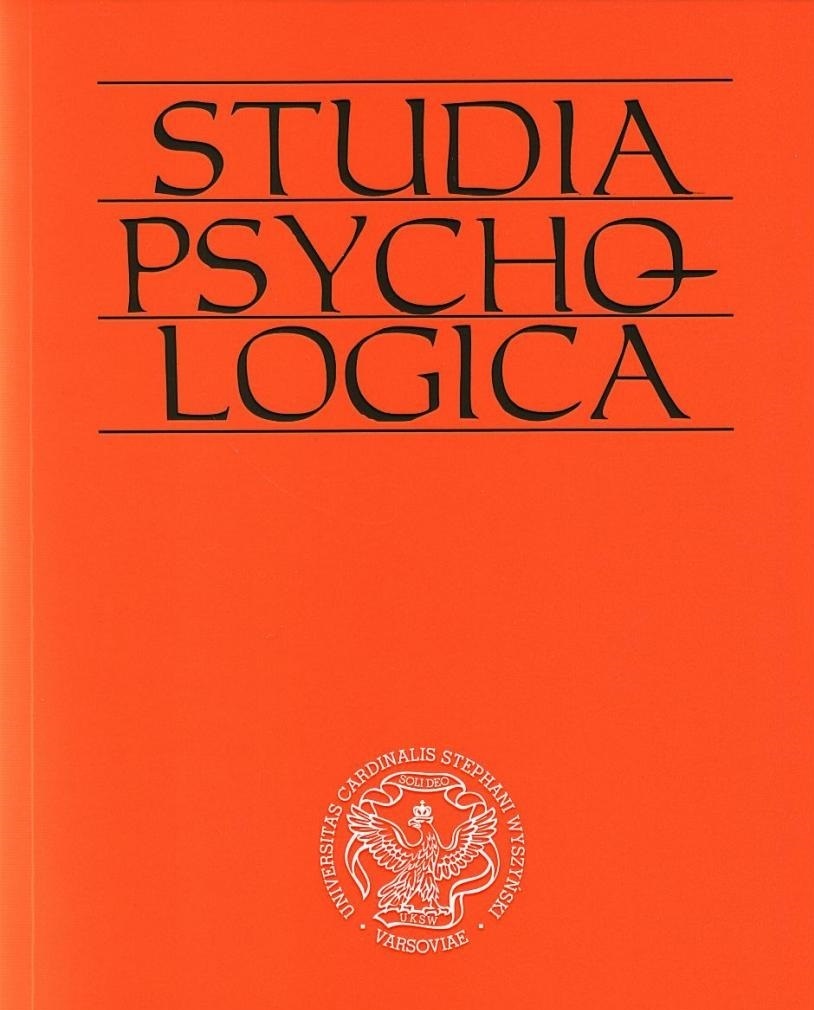Ocena nasilenia objawów syndromu gotowości anorektycznej u młodych kobiet – badania pilotażowe
Assessment of anorexia readiness syndrome escalating symptomsin young women – a pilot study
Author(s): Anna Brytek-Matera, ADRIANA RYBICKA-KLIMCZYKSubject(s): Psychology
Published by: Wydawnictwo Naukowe Uniwersytetu Kardynała Stefana Wyszyńskiego w Warszawie
Keywords: anorexia readiness syndrome; self-discrepancy; body image; eating attitudes
Summary/Abstract: The purpose was to determine symptoms of anorexia readiness syndrome and examine the relationship between our groups of variables in young women (without eating disorders). Method: 24 women with anorexia readiness syndrome and 55 healthy female students were participated in the present study. We used the Contour Drawing Rating Scale, the Body Dissatisfaction Scale, the Eating Attitudes Test and the Sociocultural Attitudes Appearance Questionnaire. Results: Within female anorexia readiness syndrome, the strongest correlation was observed between actual–ideal self-discrepancy and actual–ought discrepancy (r=0,970; p<0,001) as well as between actual self and ought self (r=0,909; p<0,001). A high degree of correlation between actual self and actual–ideal self-discrepancy (r=0,821; p<0,001) and between actual self and actual–ought discrepancy (r=0,832; p<0,001) was also noticed. Body dissatisfaction, internalisation of the thinness ideal, diet, social pressure to be thin, oral control and actual-ought discrepancy predict anorexia readiness syndrome in women without eating disorders. Conclusion: Anorexia readiness syndrome is strongly related to body-oriented response and self-discrepancies.
Journal: Studia Psychologica: Theoria et praxis.
- Issue Year: 12/2012
- Issue No: 2
- Page Range: 23-36
- Page Count: 14
- Language: Polish

